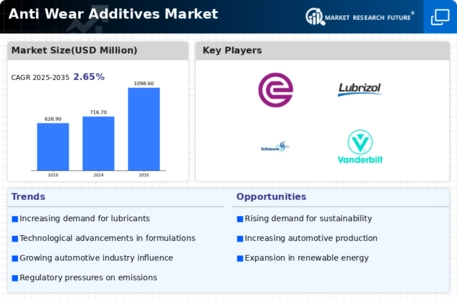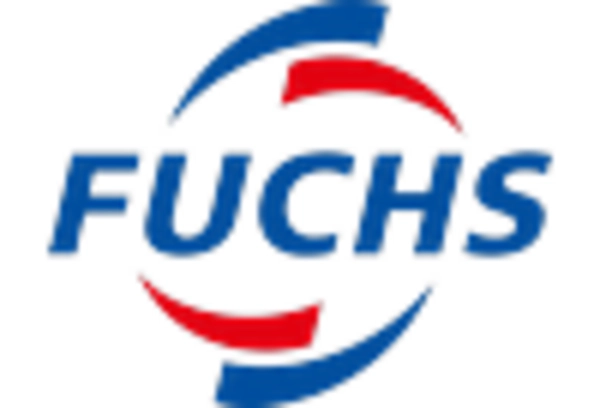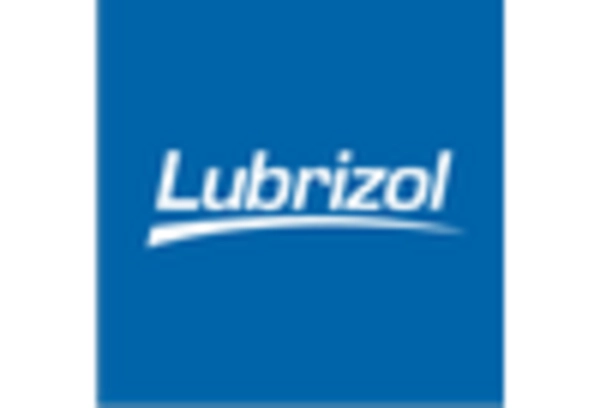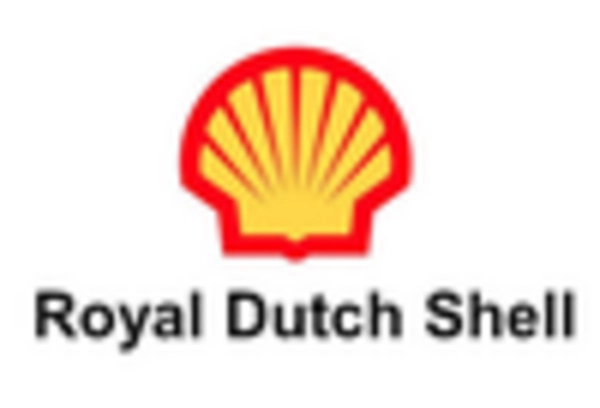Market Trends
Key Emerging Trends in the Anti Wear Additives Market
The use of bio-based hydraulic fluids is gaining popularity due to their positive impact on the environment when compared to petroleum-based alternatives. These fluids have emerged as a more environmentally friendly option, prompting consumers to shift towards them, especially in light of government regulations aimed at ensuring environmental safety.
Unlike petroleum-based hydraulic fluids, bio-based counterparts have a significantly lower environmental impact. The widespread use of petroleum-based fluids in various industries has raised concerns about their higher environmental hazards. In response to these concerns, governments have introduced regulations to encourage the adoption of eco-friendly alternatives like bio-based hydraulic fluids.
The regulations set by authorities emphasize the importance of environmental safety, pushing consumers to seek alternatives that are less harmful to the planet. This shift in regulatory focus has played a crucial role in steering industries away from petroleum-based fluids and towards more sustainable options.
The adoption of bio-based hydraulic fluids is a gradual process, with industries recognizing the benefits they offer over traditional petroleum-based fluids. This growing awareness of the environmental consequences associated with petroleum-based fluids has led to a changing trend in the preferences of end-user industries.
One key advantage of bio-based hydraulic fluids is their reduced environmental impact. These fluids are derived from renewable resources, making them a more sustainable choice. The extraction and production of petroleum-based fluids, on the other hand, contribute significantly to environmental degradation and resource depletion.
The benefits of bio-based hydraulic fluids extend beyond environmental considerations. They often exhibit improved performance characteristics, including better lubricity and thermal stability. These factors contribute to enhanced efficiency and durability of hydraulic systems, making bio-based fluids an attractive option not only for environmental reasons but also for their technical advantages.
Industries across the board are gradually recognizing the positive impact of adopting bio-based hydraulic fluids. This shift aligns with a broader global trend towards sustainable practices and environmentally responsible choices. Companies that prioritize environmental sustainability not only comply with regulations but also position themselves as responsible contributors to a greener future.
In conclusion, the adoption of bio-based hydraulic fluids is driven by a combination of environmental awareness, government regulations, and the inherent advantages these fluids offer over their petroleum-based counterparts. The transition towards bio-based fluids reflects a positive shift in the mindset of end-user industries, promoting a more sustainable and eco-friendly approach. As the world continues to prioritize environmental conservation, the use of bio-based hydraulic fluids is likely to become more prevalent across various sectors, contributing to a healthier and more sustainable planet.

















Leave a Comment